Overall, 2022 was a fantastic year for horror games. With the new DLC from Resident Evil Village, the macabre Scorn, indie darling Iron Lung, and the upcoming The Callisto Protocol, there are tons of horror games out there for fans to sink their teeth into. With how many there are, though, some horror games inevitably get bizarre.
Horror has always dabbled in nonconventional game design, but some titles actively subvert genre expectations and tropes to present something totally new. While going against expectations can make a game more divisive than one that delivers exactly what's expected, it also makes certain projects stand out and develop cult-classic status.
Yume Nikki
Yume Nikki is a freeware abstract horror-adventure game focused on lucid dreaming. The player controls Madotsuki, a shut-in who has stayed sheltered in her room for so long that her dreams have started feeling more alien and real. There’s no real “plot” to speak of other than minor background clues and the goal of collecting 24 “effects” across the dreamscapes.
Yume Nikki is widely considered one of the most influential titles for bizarre surreal RPGs, alongside the likes of Earthbound. The game is a subversion of the horror game genre in that it doesn't actually have a real "goal." There isn't even a real plot. Yume Nikki doesn't communicate anything to the player, nor does it expect them to engage in kind. It's a surreal experience through and through and perfectly encapsulates that anti-climactic yet utterly terrifying nature of dreams.
Bad Ben
Bad Ben is a short and brief indie horror movie game tie-in, and those words may turn off some folks. They might be expecting the same old Haunted House VR experience as The Nun. Their loss, as Bad Ben is anything but typical. It follows a crotchety old man fixing the CCTV cameras in his new home and being very upset at all the horror tropes being thrown his way.
Bad Ben has its tongue firmly in its cheek. What makes it so effective is that everything that happens is standard horror game fare. The only difference is the total nonchalance of the protagonist Tom towards it. Despite all the horrific things he experiences and sees, the game still has a dedicated swearing button, which immediately relieves any tension the player feels. Rare is a horror game that actively pokes fun at the player for being scared an features a protagonist that doesn't get as phased as he should by his surroundings.
Haunted Cities Vol. 4
Haunted Cities Vol. 4 is the latest anthology in cult horror game icon KittyHorrorShow’s library, and it’s a wonderful summary of her subversive take on storytelling and horror. These four “cities,” though different in narrative and setting, follow the same themes of pain, loss, and obsession. Many describe them as less “games” and more uncomfortably personal nightmares.
All the settings are nearly bereft of “life,” and any “life” that does exist is a shadow of the vibrancy that people are accustomed to in the real world. The subversion comes in the form of its meta-narratives, with the game treating exits as "visits." Exiting the game is not a conclusion, they are simply the next page in an increasingly upsetting story about loneliness and despair.
Inscryption
From the creators of Pony Island, Inscryption is yet another subversive horror game, though this time with a significantly more ambitious setting. Inscryption takes place in the cabin of a mysterious (and murderous) “thing” that wants to play card games with their captive: the player. The player must win these card games, otherwise, it’s game over for them in more ways than one. Card games certainly aren't standard in horror games, and centering Inscryption around them does make it stand out.
In between these card games, the player must explore the cabin and find a way out of it if they want to avoid an eternity of torture via roguelike escape room segments. There are so many subversions in the game's narrative and mechanics, but as it stands, it would ruin the experience to spoil any of them. All that needs to be known is that it's a game that's quite unlike any other video game out there.
Eternal Darkness: Sanity’s Requiem
Eternal Darkness: Sanity’s Requiem is an action-adventure horror game that has the surprising honor of being the first M-rated video game Nintendo has ever published. It follows the story of thirteen people throughout history who have dabbled with otherworldly powers and paid the price for it. The game’s most important feature as far as horror is concerned is the “Sanity” meter.
Whenever a player encounters an otherworldly horror, their sanity decreases. If it gets low enough, the game famously starts messing with the player themselves by screwing with the user interface and outright turning off the controller at certain points. It breaks the players' preconceived notions that they are safe from the game's gaslighting mechanics simply because they are in the "real" world.
Doki Doki Literature Club
Doki Doki Literature Club starts out as the average mid-tier romance visual novel, complete with upbeat music and harem anime tropes by the buckets. It even remains such for a surprisingly long stretch of the gameplay. Of course, once the other shoe drops, the game takes on a decidedly less “moe” atmosphere, which left many players at the time in total shock.
Doki Doki Literature Club subverts the genre by giving the player an illusion of “choice.” It is relentless in attacking the player for their perceived “expertise” in the genre by cruelly avoiding all the tropes that plague it. In horror games, choices are often a matter of life and death, but in Doki Doki Literature Club, the horror comes from how players don't even have the luxury of a choice at all. What's more, the game also plays with the boundaries of what can be interacted with in a game and require players to, quite literally, think outside the box.
Pathologic
Pathologic is a psychological survival horror-adventure game set in the middle of some nowhere town. The story follows three “healers” who all have their own strange and tragic motivations for deciding to help out in the bizarre epidemic plaguing the town. Any more than that would be far too difficult to explain, as the game delights in confusing the player narratively and in-game.
Pathologic laughs in the face of conventional game design and often forces the player to make unorthodox choices to progress. Notions of morality and mental clarity are left at the door in this bizarre horror game. Not only that, the game is subversive by virtue of being so obtuse and unfun that it makes players question if it's worth playing at all. Ironically, this plays perfectly into the game's themes of hopelessness and pointless busywork to delay the inevitable.
GARAGE: Bad Dream Adventure
GARAGE: Bad Dream Adventure is an absurdly obscure indie Japanese horror game released in 1999. In fact, it’s so obscure that only 3,000 physical copies are known to exist. It wasn’t until July 2022 that the game officially got a release on Steam, and it has boggled the minds of those fortunate enough to stumble upon it.
The game stars a junky-looking robot named Yan, who explores a disturbingly industrial world filled with grime and mechanical body horror. It’s subversive in the sense that it doesn’t even treat itself as a horror game at all, as by all accounts, this is just a normal world for Yan. While they may not remember what their life was, they aren't shown to be distressed by the world around them. It's not a weird world. It's their world.
Perfect Vermin
Perfect Vermin is an indie horror game with a very unorthodox premise. The player is given a sledgehammer and given the task of destroying objects to find the “vermin” hiding within. Soon enough, it’s revealed the “vermin” are hiding as everyday objects, and they explode in geysers of viscera upon being slammed with the hammer.
As the player goes about their tasks, a news reporter berates them for their efforts, and his reports get increasingly unhinged. The body horror of Perfect Vermin is essentially Videodrome meets Prop Hunt, with some incredibly heavy themes throughout. It's a very short experience, and the subversion of the game is a massive spoiler. Only know that much like how the inanimate objects hide grisly guts, so too does the game hide its true meaning.
LSD: Dream Emulator
LSD: Dream Emulator is a PS1-era video game that really can’t be put in any sort of box. There are no objectives, story, or even consistency. The game randomly generates dream environments every playthrough, so no two players will ever have the same experience. By the way, LSD does not stand for the drug but instead for Lovely Sweet Dreams. People that find the game lovely or sweet have braver souls than most.
The game’s very existence is a subversion of basically every gaming convention, as expected from someone like Osamu Sato. Even Yume Nikki gave the players choices in what realms they wanted to explore and things to collect. LSD: Dream Emulator is blatant in how little it cares about being a "real" video game, going as far as to have its levels completely random. One moment players could be in a beautiful mountain, and the next they are being stalked by a Grey Man in an abandoned city. It's a game that's better experienced rather than told about.

-1.png)
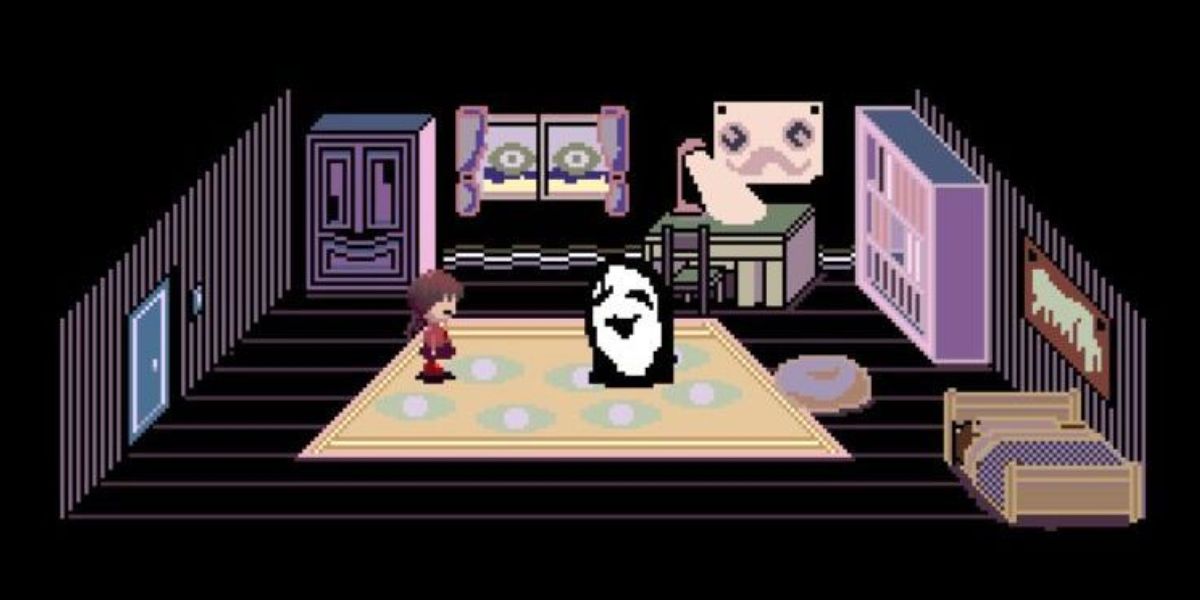
.png)
.png)
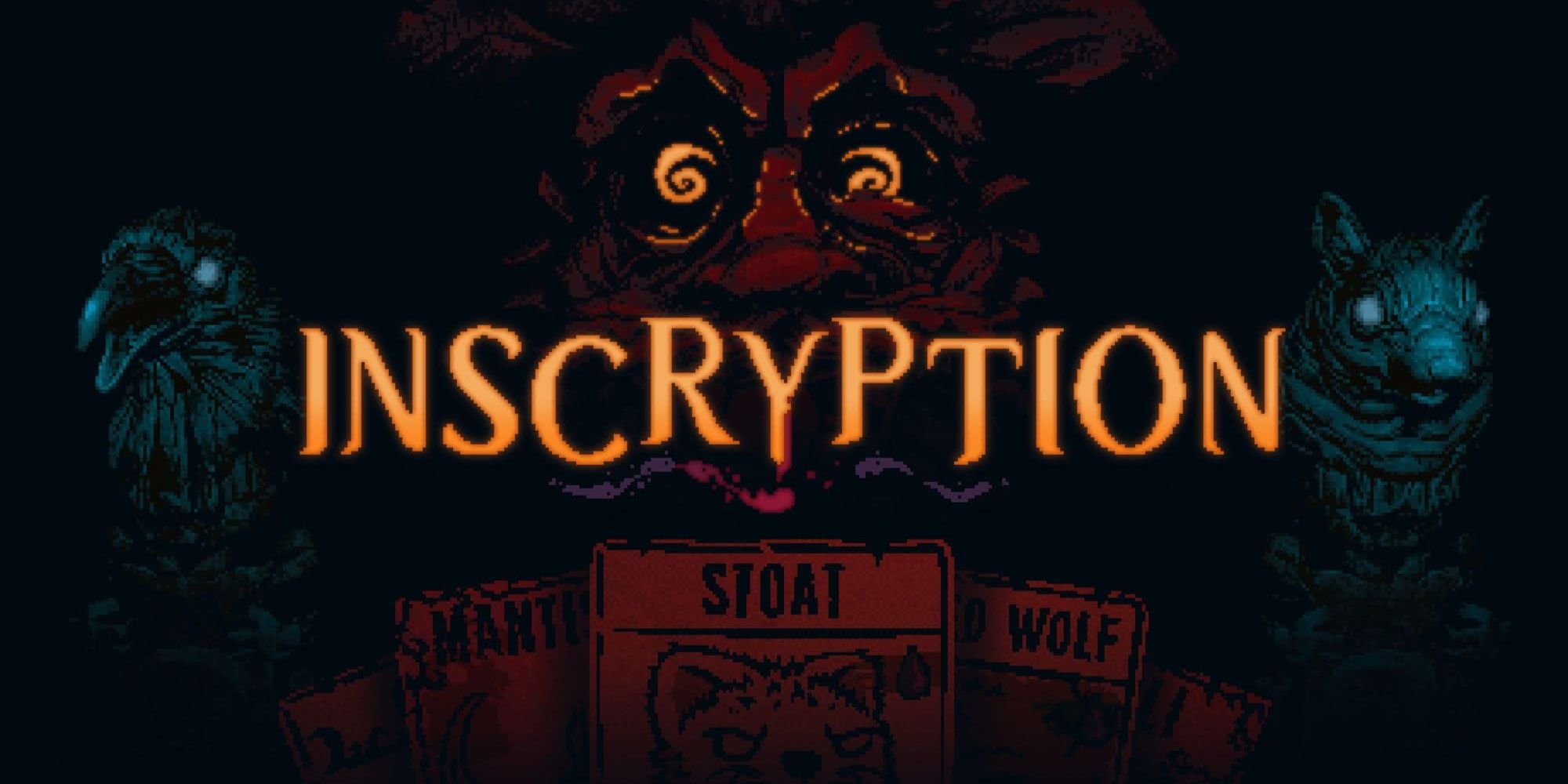
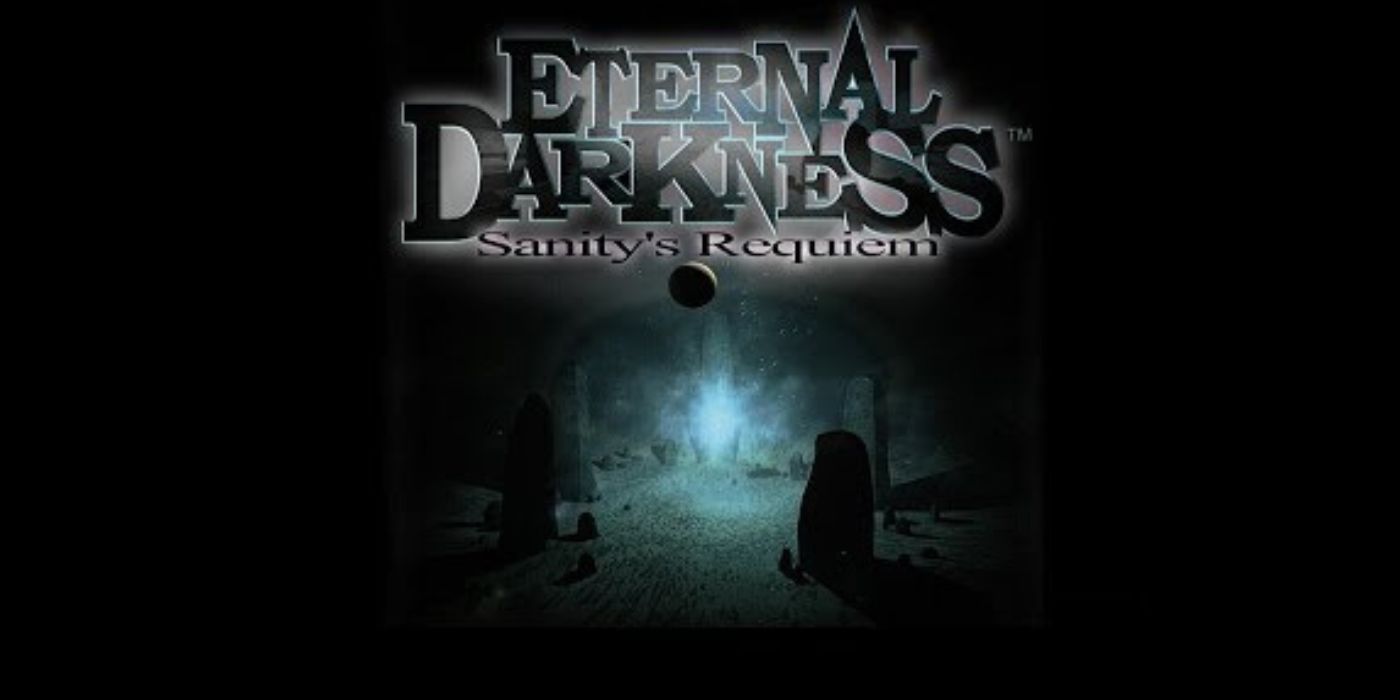
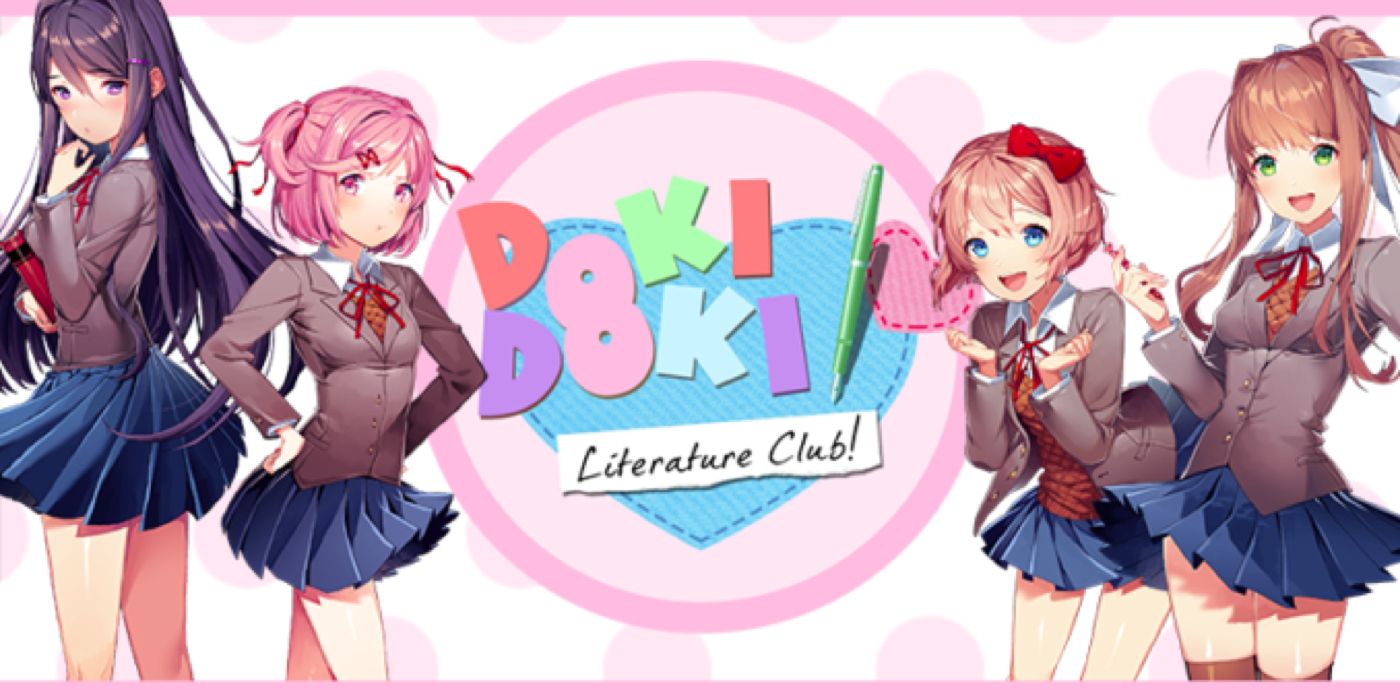
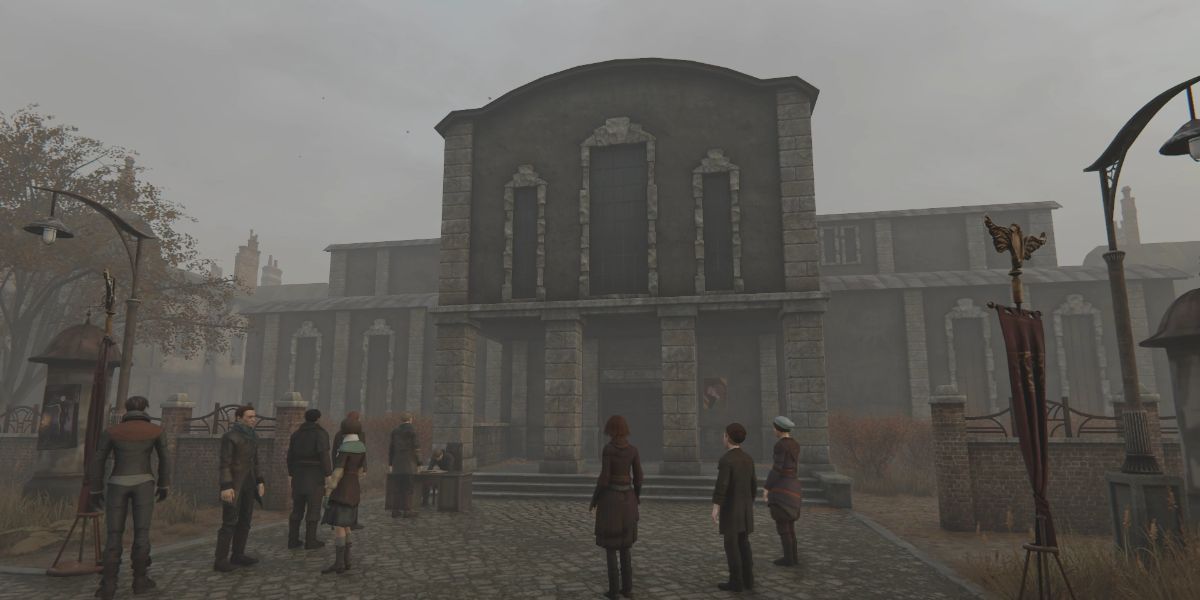
.png)
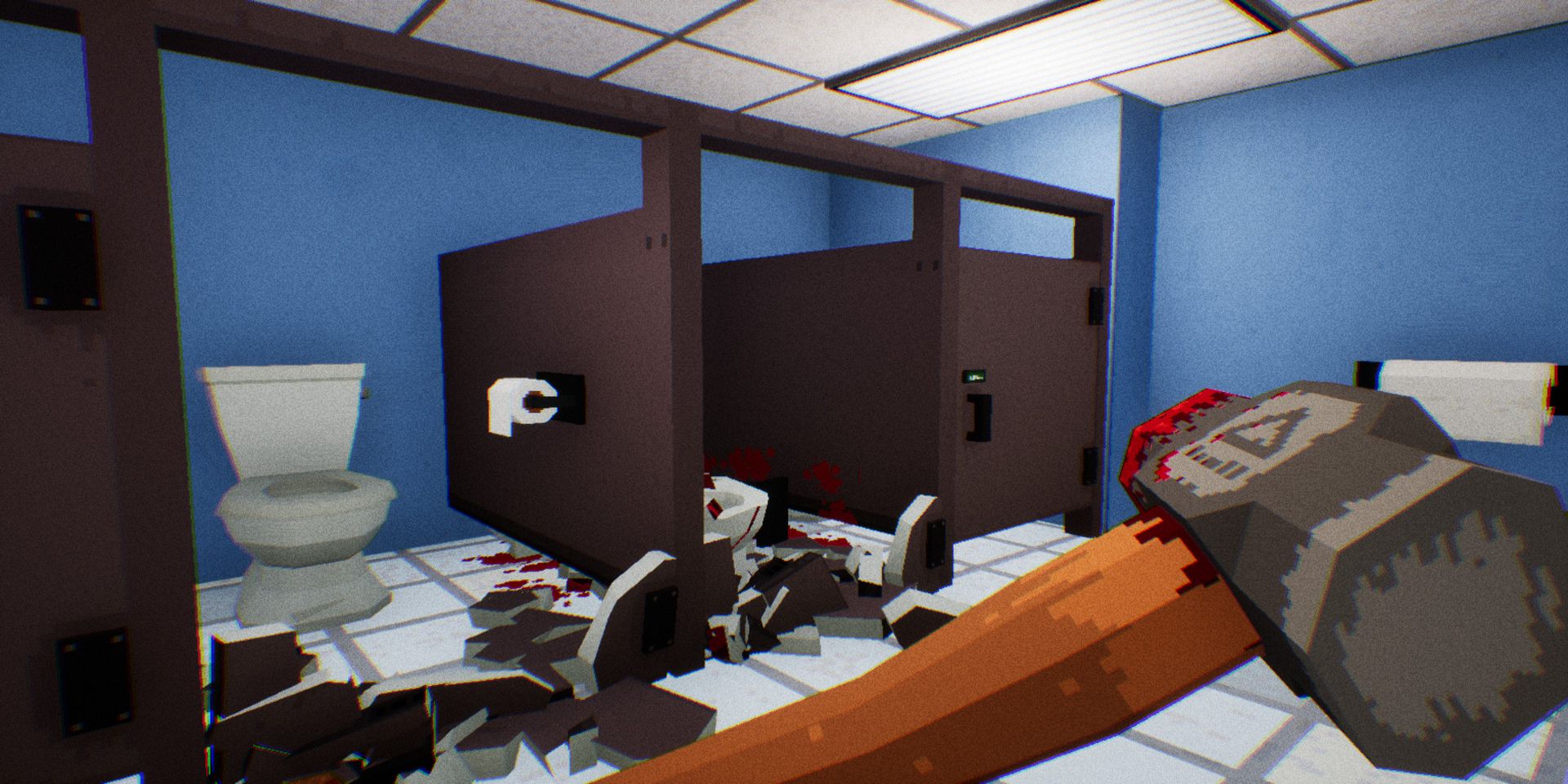
.png)